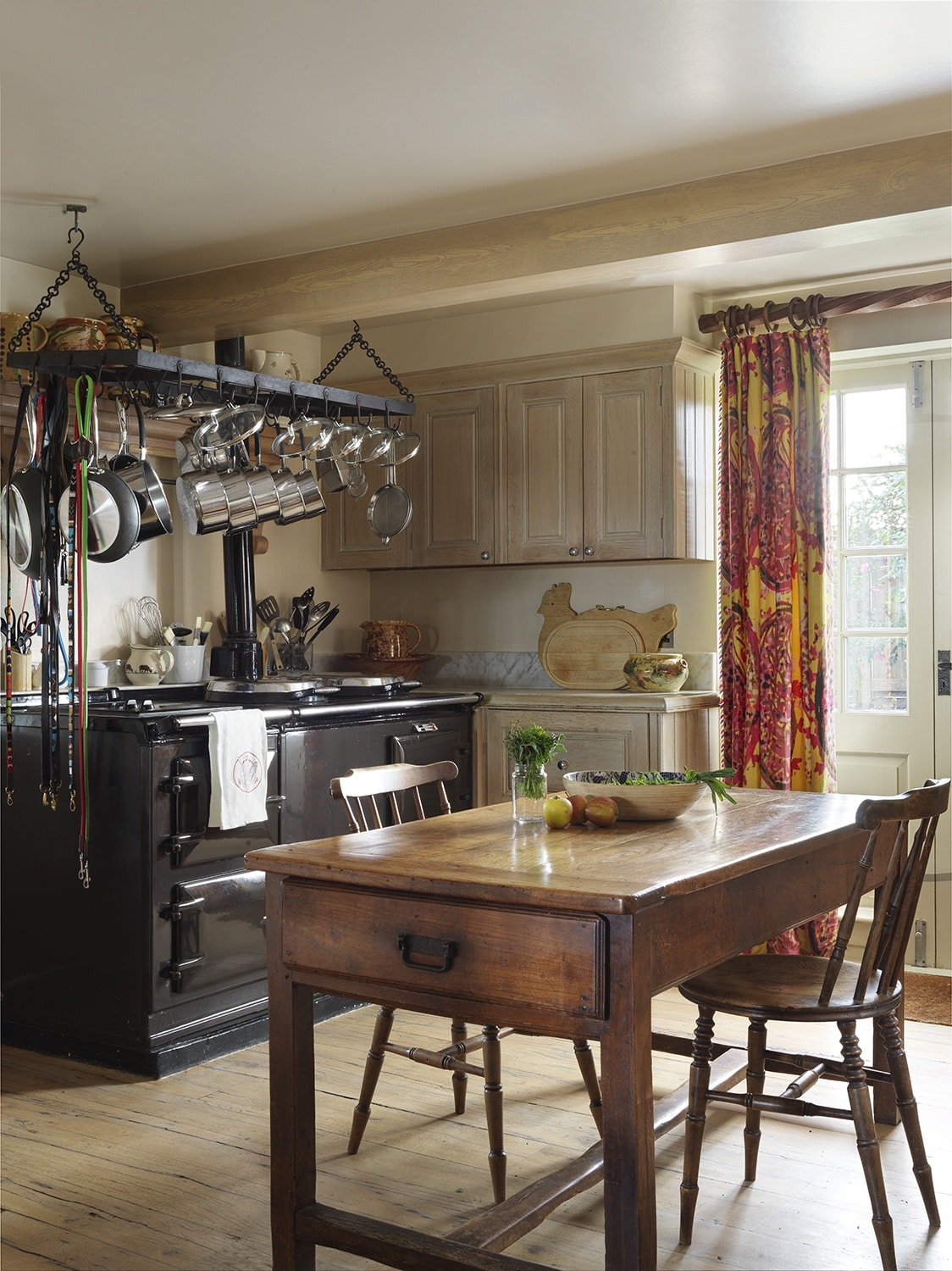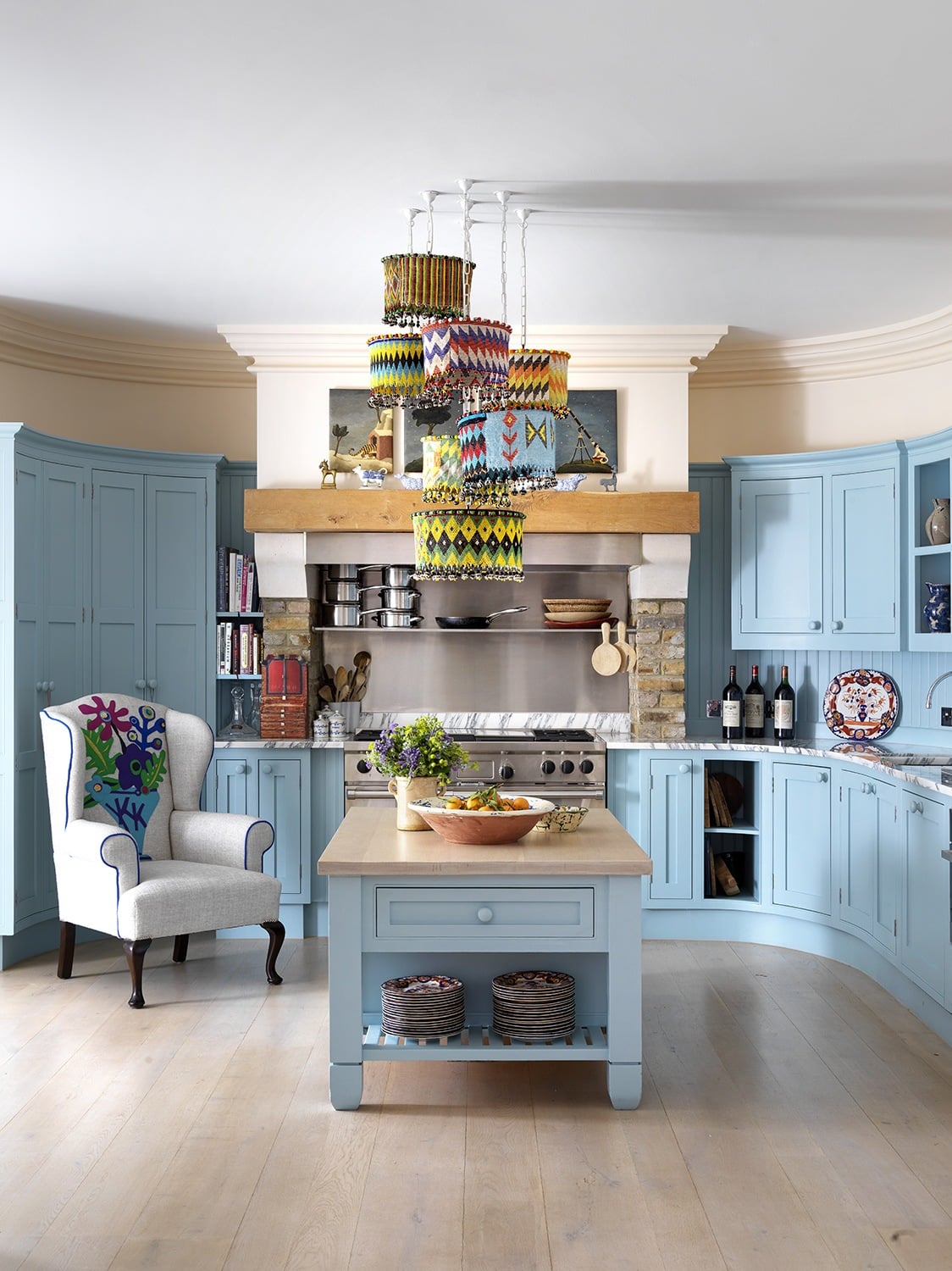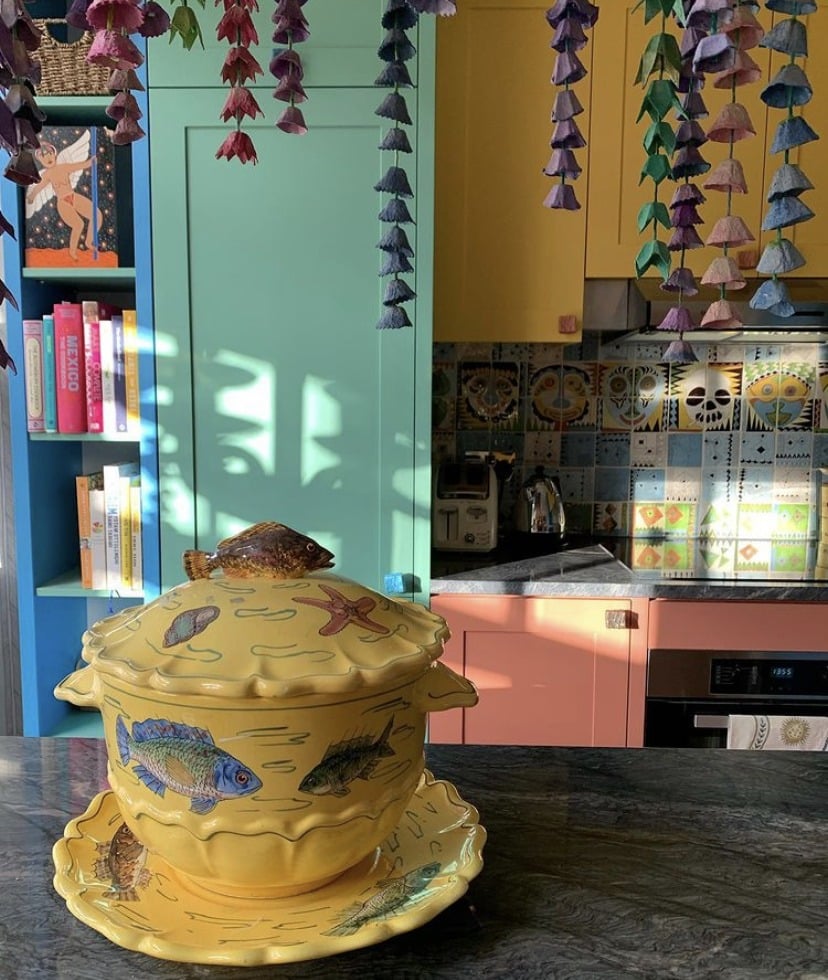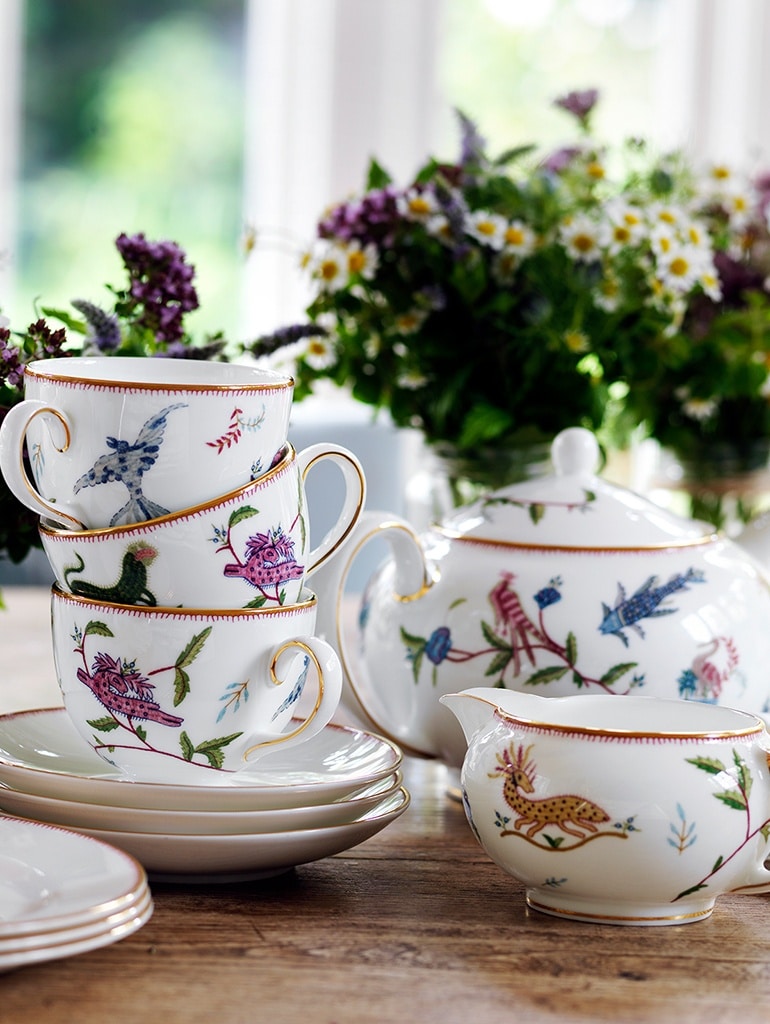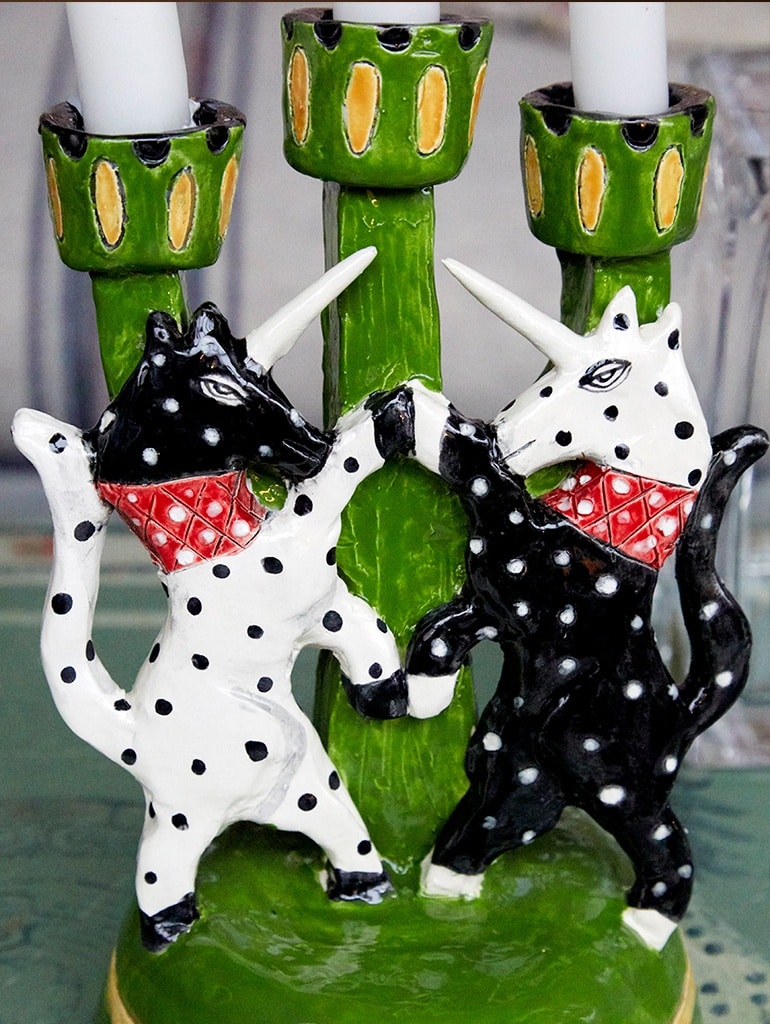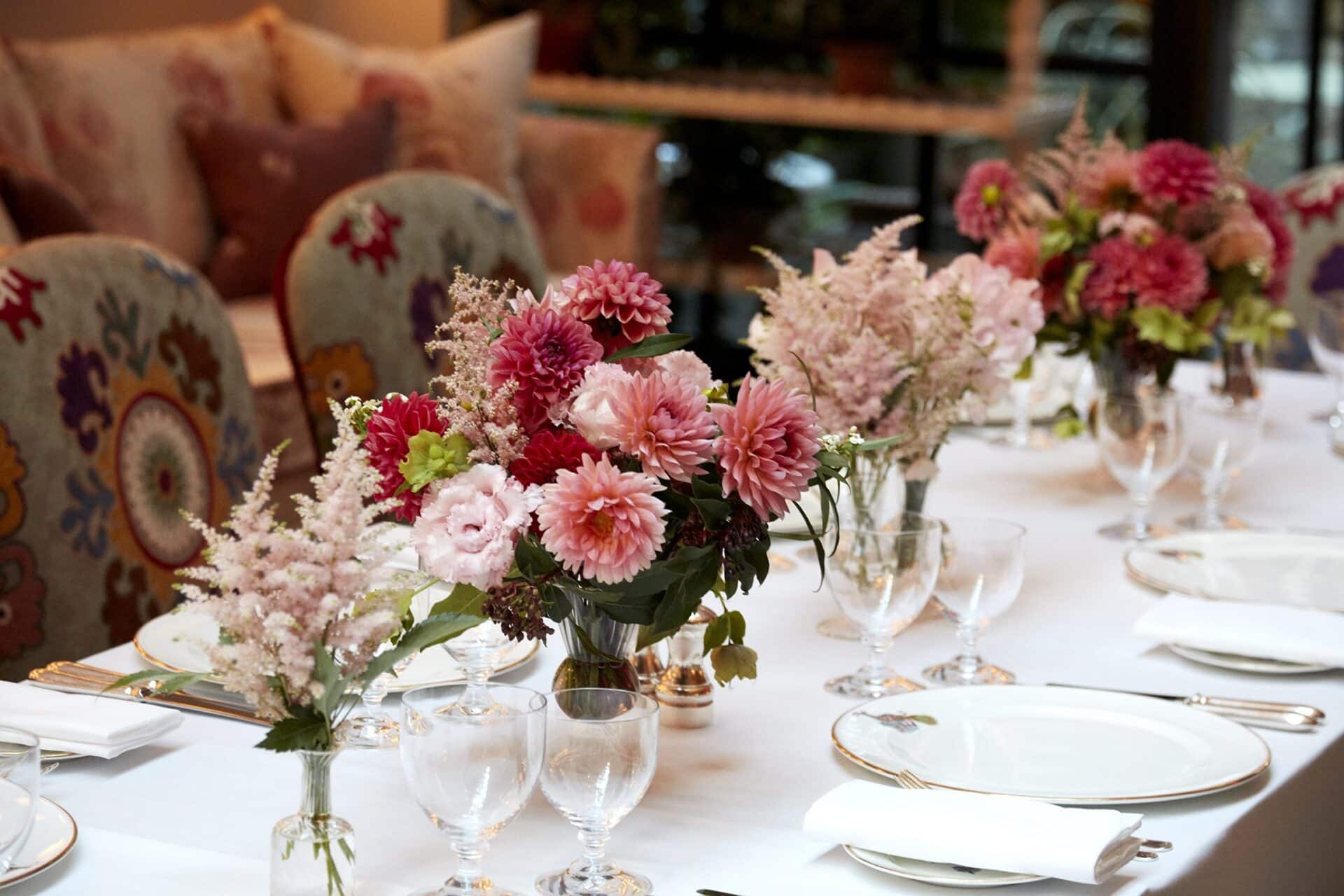The kitchen is often considered the heart of the home and most important room in the house. Here at the Kit Kemp Design Studio we couldn’t agree more. Nearly everyone begins their day in the kitchen with a cup of tea, coffee or breakfast to fuel themselves for the day ahead and typically ends their day with dinner and a nice glass of wine to unwind.
Whether small or large, the kitchen really is the hub of the home. This week, we will share our top tips for designing a new kitchen, from the early planning stages to ideas for cabinetry and stonework…
2. Consider the kitchen layout
Next you need to think about how you use your kitchen. Your kitchen should be designed to perfectly fit your lifestyle. If you are a keen cook, you will want to have easy access to your cooking essentials from your hob.
1. Make a list of elements you want in your kitchen
The first step is to make a list of everything you want in your kitchen…this will determine the layout and how many appliances you need to fit in.
Do you want a large American style fridge or would you rather a small concealed fridge? Do you want a kitchen island or a built-in oven and microwave? Would a wine fridge be useful? Whilst making this list, it is important to keep in mind the size of your kitchen.
We have put together a list of features to consider:
– Kitchen island
– An Aga
– Separate built in microwave/oven
– Large sink with two bowls and separate space for drying
– An instant boiling water tap
– Dishwasher
– Built-in bin with recycling compartments
– Small wine fridge
– Lots of storage
– Shelving for cookbooks
It is important to think about the ‘Kitchen Work Triangle’. The ‘Kitchen Work Triangle’ is a simple idea, placing emphasis on the primary tasks carried out in the kitchen, chopping/peeling (sink) cooking (oven), food storage (fridge). The triangle represents the flow within a kitchen, ideally creating a rotational movement between tasks.
3. Draw a detailed plan to scale
Once you have finalised your list and made work zones for your appliances you can start to mark up a detailed plan. It is important that this is to scale so when it comes to installing, everything actually fits!
It is important that no element blocks the flow! We recommend drawing a rough sketch of the space and kitchen shape, with different options of where you would like your appliances to go. If you have a kitchen island – would you like your oven to be built-in to it so you can chat to your guests whilst cooking?
Start to map out what will make your life in the kitchen easy. A good tip is to place the bin, sink and dishwasher next to each other, as this makes clearing away plates and glasses less time consuming.
4. Don’t forget about lighting and electrical sockets
Kitchens require concentrated and direct lighting for chopping, preparing and cooking. We recommend using discreet strips of LED lighting recessed beneath wall cabinets. This is a fantastic way to illuminate your work surfaces.
If you have a larger kitchen with an island and high ceilings, it’s always a fun accent to add a colourful, more impactful hanging light!
When it comes to plug sockets, think about what appliances you will have in your kitchen – a kettle, toaster, blender. Mark on your plan where these will sit and strategically place your plug sockets on plan.
5. Cabinetry, Stonework and Splashbacks!
In the Kit Kemp Design Studio, we tend to use wooden shaker style cabinets painted in a colour which complements the rest of the room scheme.
For countertop stonework, we usually use Arabascato or Carrara marble. We love the vivacious patterning of these marbles. These monochrome stones quarried in Tuscany create a clean yet organic feel of luxury that is perfect for kitchen counters.
When it comes to splashbacks, it is important that they are practical and easy to clean! There are many splashback options – from fun tiles, to mirror, or continuing the countertop stonework, keeping it super slick.
6. Get a good collection of tableware
Once you have a stunning new kitchen, the cherry on top is the tableware. Our beautiful collection of table linen complements our two collaborations with Wedgwood called Mythical Creatures and Sailor’s Farewell, featuring teapots, mugs, plates and egg cups.
These glorious candlesticks, inspired by ‘Mythical Creatures’ have been modelled in a soft and fluid way, a far cry from the more austere and restrained tradition of candlesticks. These designs are a witty and quirky addition to any home.
Last but not least – Tim Kemp’s glassware! Tim collaborated with John Jenkins who is one of the UK’s leading designers and suppliers of crystal and glass. Together they created the ‘Soho’ style, which can be seen in our hotels in London and New York!
The kitchen is a space which brings family and friends together. We hope this post gives you the courage to give your kitchen at home a new lease of life.




